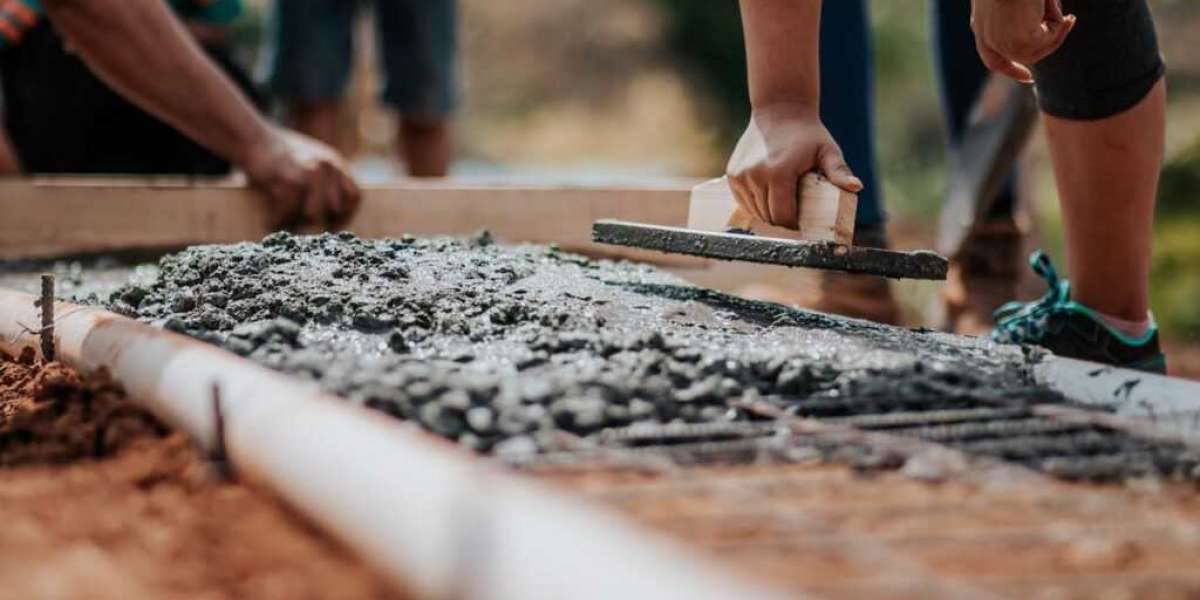Concrete sidewalks are essential to urban infrastructure, ensuring safe and smooth passage for pedestrians. However, over time, wear and tear can lead to issues that demand timely repairs. This comprehensive guide will explore the significance of sidewalk maintenance, the methods available forconcrete sidewalk repair, and the best ways to maintain your walkways effectively.
Understanding the Importance of Sidewalk Maintenance
Sidewalks not only provide safe walking spaces but also enhance the aesthetics and functionality of residential and commercial properties. Neglecting maintenance can lead to safety hazards, lawsuits, and costly repairs. Keeping sidewalks in top condition is crucial for property value and public safety.
Common Issues Requiring Sidewalk Repairs
Cracks and Their Causes
Cracks often occur due to temperature fluctuations, freeze-thaw cycles, or ground settling. Over time, these cracks can expand, compromising the structural integrity of the concrete.
Uneven Surfaces: Causes and Solutions
Uneven sidewalks are often caused by tree roots, soil erosion, or improper installation. These hazards can be addressed through methods like slab jacking or replacement.
Spalling and Surface Flaking: What It Means
Spalling refers to the surface breaking off, exposing the aggregate beneath. This typically results from poor-quality concrete or harsh weather conditions.
Signs That Your Sidewalk Needs Immediate Repair
Safety Hazards to Watch For
Tripping hazards, pooling water, or large cracks are clear indicators that repairs are overdue. Addressing these issues promptly prevents accidents.
Visual Cues: What to Look Out For
Look for discoloration, sinking areas, and spalling. These are signs of potential underlying structural damage.
Exploring Concrete Sidewalk Repair Methods
Resurfacing: Giving Your Sidewalk a New Look
Resurfacing applies a fresh layer of concrete over the existing surface, restoring its appearance and preventing further damage.
Slab Jacking: Lifting Sunken Areas
This method involves injecting a material beneath the concrete to raise it back to its original level, effectively fixing uneven surfaces.
Crack Filling: Stopping the Spread
Filling cracks with durable materials prevents moisture intrusion and further expansion, extending the sidewalk's lifespan.
Replacement: When Repairs Aren't Enough
In cases where damage is extensive, replacing sections of the sidewalk may be the only viable option.
Costs Associated with Concrete Sidewalk Repair Services
Factors Influencing Costs
Costs can vary depending on the extent of damage, the repair method chosen, and the location of the property.
Average Costs by Repair Type
On average, minor crack repairs may cost $50–$100, while full replacements can range from $1,500–$3,000.
Choosing the Right Contractor for Sidewalk Repairs
Questions to Ask Potential Contractors
Inquire about their experience, previous projects, and warranty policies to ensure quality workmanship.
Evaluating Reviews and Testimonials
Online reviews and client testimonials offer insights into a contractor's reliability and professionalism.
Licensing and Insurance Requirements
Verify that the contractor is licensed and insured to avoid potential liabilities during the repair process.
DIY vs. Professional Concrete Sidewalk Repair
Tools and Materials Needed for DIY Repairs
Basic tools include a chisel, trowel, and concrete patching materials. DIY repairs are suitable for minor issues.
Risks and Challenges of DIY Repair
Improper repairs can worsen the damage or lead to uneven surfaces. It’s crucial to assess your skills and the scope of the project.
Benefits of Hiring Professionals
Professionals bring expertise, high-quality materials, and advanced tools, ensuring durable and aesthetically pleasing results.
Preventive Measures to Avoid Frequent Sidewalk Repairs
Regular Cleaning and Maintenance
Regularly removing debris and sealing cracks can extend the life of your sidewalk.
Using Quality Materials for Durability
High-grade concrete and sealants provide resistance to wear and environmental factors.
Implementing Proper Drainage Solutions
Effective drainage prevents water pooling, reducing the risk of cracks and erosion.
Environmental Impact of Concrete Repairs
Sustainable Repair Materials
Using eco-friendly materials like recycled aggregates reduces the environmental footprint.
Minimizing Waste in the Repair Process
Opting for repair over replacement, when feasible, conserves resources and minimizes waste.
Regulations and Permits for Sidewalk Repairs
Understanding Local Laws and Codes
Research local regulations to ensure compliance during the repair process.
Obtaining Necessary Permits
Most municipalities require permits for significant sidewalk repairs. Confirm requirements with local authorities.
Frequently Asked Questions
What are the most common causes of sidewalk damage?
Cracks, uneven surfaces, and spalling are often caused by tree roots, weather conditions, and poor installation.How long does it take to repair a concrete sidewalk?
Repairs can take anywhere from a few hours to several days, depending on the extent of the damage.Can all sidewalk cracks be repaired without replacement?
Minor cracks can be filled, but severe damage might require replacement.How often should sidewalks be inspected for damage?
An annual inspection is recommended to identify and address potential issues early.Are there eco-friendly options for sidewalk repairs?
Yes, recycled materials and sustainable repair methods are available.What should I look for in a concrete repair contractor?
Look for experience, licensing, insurance, and positive client reviews.
Conclusion: Making Informed Decisions About Concrete Sidewalk Repairs
Proper sidewalk maintenance and timely repairs ensure safety, enhance property value, and contribute to the community’s overall well-being. Whether choosing DIY fixes or professional services, understanding the repair process helps you make informed decisions.




